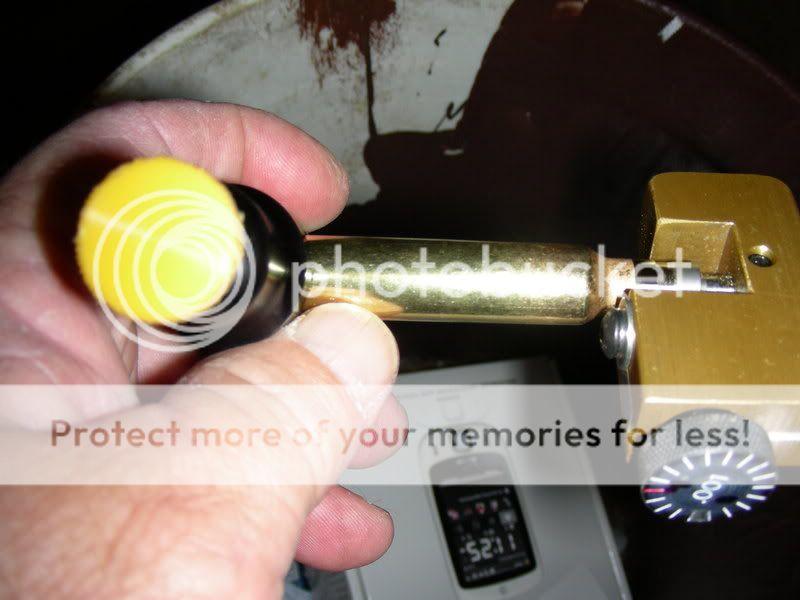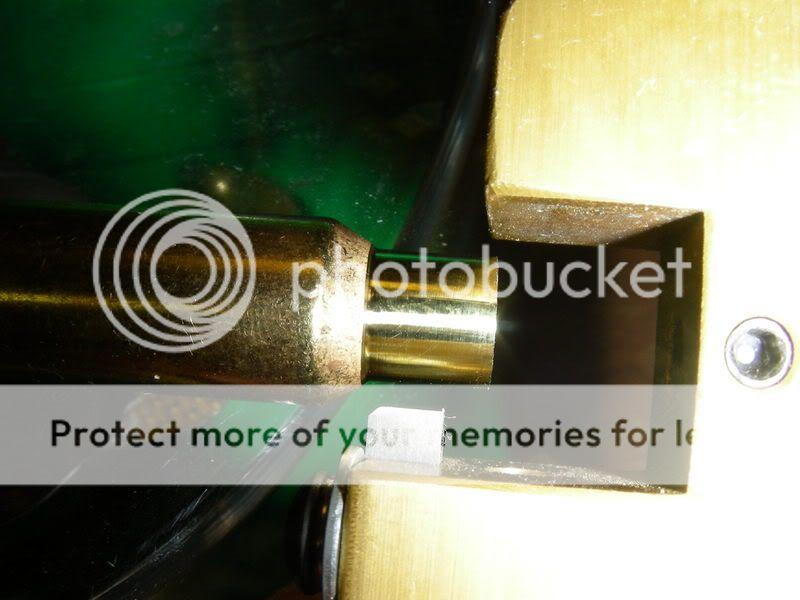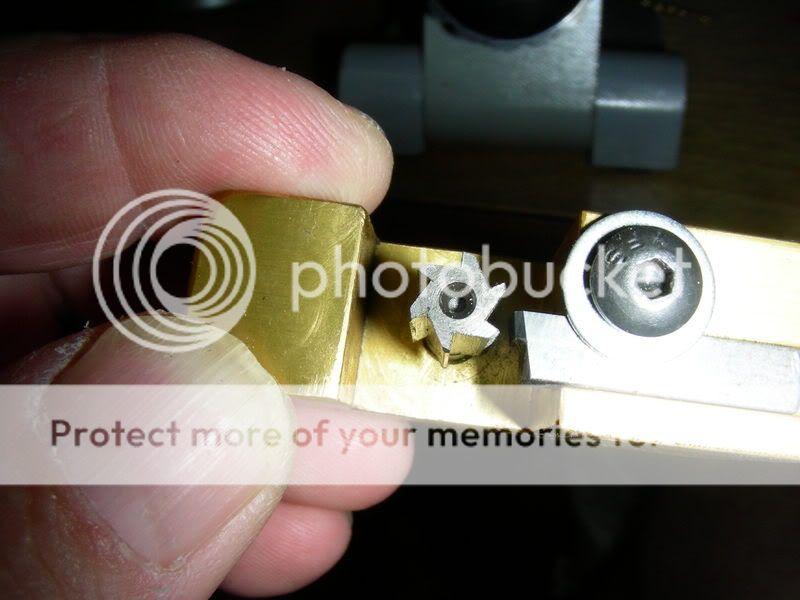I am new to all of this stuff. I am having two guns built. In two weeks I will take possession of my 280 AI being built by a local gunsmith. I have decided to buy some Lapua 30-06 brass, turn the necks, resize & then fire-form to my gun.
I've never turned necks before in my life, so can someone post what is the best neck turning tool for me to get? My two biggest requirements are quality and ease of use. I've read that the K&M has some sort of gauge that makes it easier to use but am not sure what that means.
Thanks in advance!
I've never turned necks before in my life, so can someone post what is the best neck turning tool for me to get? My two biggest requirements are quality and ease of use. I've read that the K&M has some sort of gauge that makes it easier to use but am not sure what that means.
Thanks in advance!





